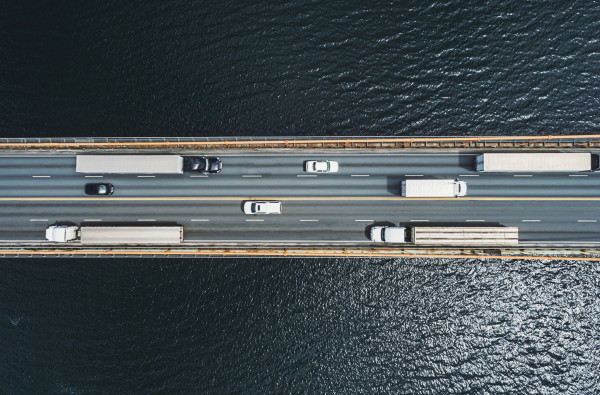Heavy vehicle towing connections - drawbeams and drawbars standard revision supports safe heavy transport
Whether it’s hauling livestock, groceries, gasoline or mail, the transport of goods across New Zealand relies on safe and fit for purpose equipment. NZS 5446:2024 Heavy vehicle towing connections – Drawbeams and drawbars will play a part in providing clear criteria to inspectors and manufacturers.

This standard – the first update since 2007 – establishes design, manufacture, installation, testing, maintenance, repair, and certification criteria necessary for a secure connection to be maintained between towing vehicles and drawbar trailers on sealed and unsealed roads.
Developed in partnership with NZ Transport Agency Waka Kotahi
NZ Transport Agency Waka Kotahi (NZTA) have worked with Standards New Zealand’s partnership model which allows for the development of a standard but utilising the commissioning agency’s in house capability. This helps reduce development costs. The revision has allowed the committee to fix known issues, incorporate technology changes, and align with current industry practice.
Unique roads need a unique solution
Annually heavy vehicles travel nearly 1.5 billion accumulative kilometres over winding New Zealand highways*. These heavy vehicle combinations can be up to 23 metres long and carry up to 50 tons (often more under permit), so the safety of the connection is paramount. ‘Local conditions were one of the considerations when settling on a New Zealand standard, as opposed to the adoption of an equivalent international standard,’ says Cameron Wynniatt, a Heavy Vehicle Certification Advisor with Waka Kotahi/NZTA who worked on the standard development committee. ‘New Zealand’s hilly geography and road conditions means vehicles are subjected to some large forces. Take for example the bends and inclines on the Desert Road on the Central Plateau, or the West Coast or State Highway 2 past Wellington.
‘Drawbeams and drawbars need to be designed to suit the types of vehicles we have here too. The original standard developed in 1987 was based on physical testing using strain gauges on drawbars with measurements taken when driven around the country.
‘We’ve since realised that a formula in the 2007 version resulted in the overengineering on towing connections for rigid drawbar trailers with vertical loadings. The formula was recognised as having been simplified, with improvements to the inertia and brake reaction forces. The new version and formula are more fit for purpose and should reduce additional steel required for the over engineered towing connections reducing both economic and environmental cost.
‘The 2024 revision builds on the work done by the previous committees and the original commentary to the 1987 standard prepared by R. Mackay. There are other minor changes and updates throughout the document which can all be read in the foreword.
For heavy vehicle specialist certifiers and manufacturers
‘The standard is cited by NZTA Waka Kotahi by reference in the heavy vehicle rule. The standard is used as a method of compliance by approximately 150 Heavy Vehicle Specialist Certifiers, not to mention used by truck and trailer manufacturers and coupling suppliers. As the standard is cited, the committee had to reflect any changes to rules or legislation since 2007 that reference it.
NZS 5446 available online
For those needing the latest standard, the most convenient way to access the standard is through Standards New Zealand’s online library – simply search for NZS 5446 and subscribe to add the PDF to your own online collection.
NZS 5446:2024 On-road heavy vehicle towing connections – Drawbeams and drawbars(external link)
